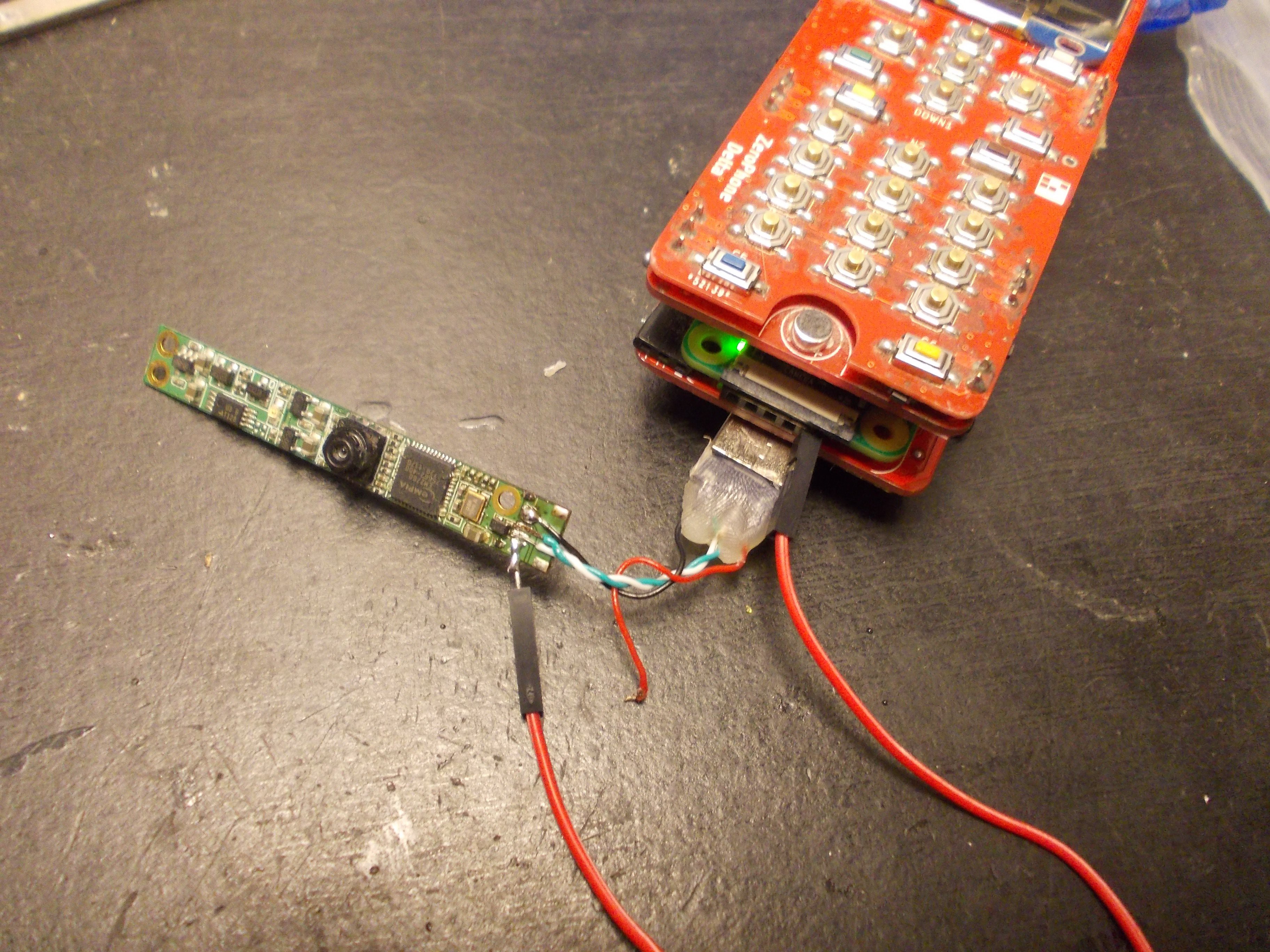Do you get any error messages? If launching through a systemctl unit (very likely if you followed the official install instructions), use sudo journalctl -fu motioneye to see the output (and any related error messages) in realtime. Also, is the camera actually detected as a USB device? If using repurposed laptop cameras, you might want to power them from 3.3V and not 5V, quite a bit of those cameras don't like 5V.



I have installed MotionEye on a Pi3, using the latest Jessie and MoionEye software (Not MotioEyeOs as i could not get my scavenged laptop camera to work with MotioEyeOS). Everything works on a Pi3, i tried to move everything to a Pi ZeroW and I get no video feed. Do i need a different version to install on the Pi Zero? (I have not yet been able to get this camera to work).
I did have 3 Pi Zero W's with actual USB cameras that i took on vacation and everything worked great. I am trying to make the package slimmer, and i have a few laptop cameras on hand. I was able to get everything working on the Pi3, but using the same install methods, i get no video stream on the Pi Zero, I know this has to be something i have missed, but i am not able to get this to work.
Any advice / direction would be most appreciated.
Thank you in advance